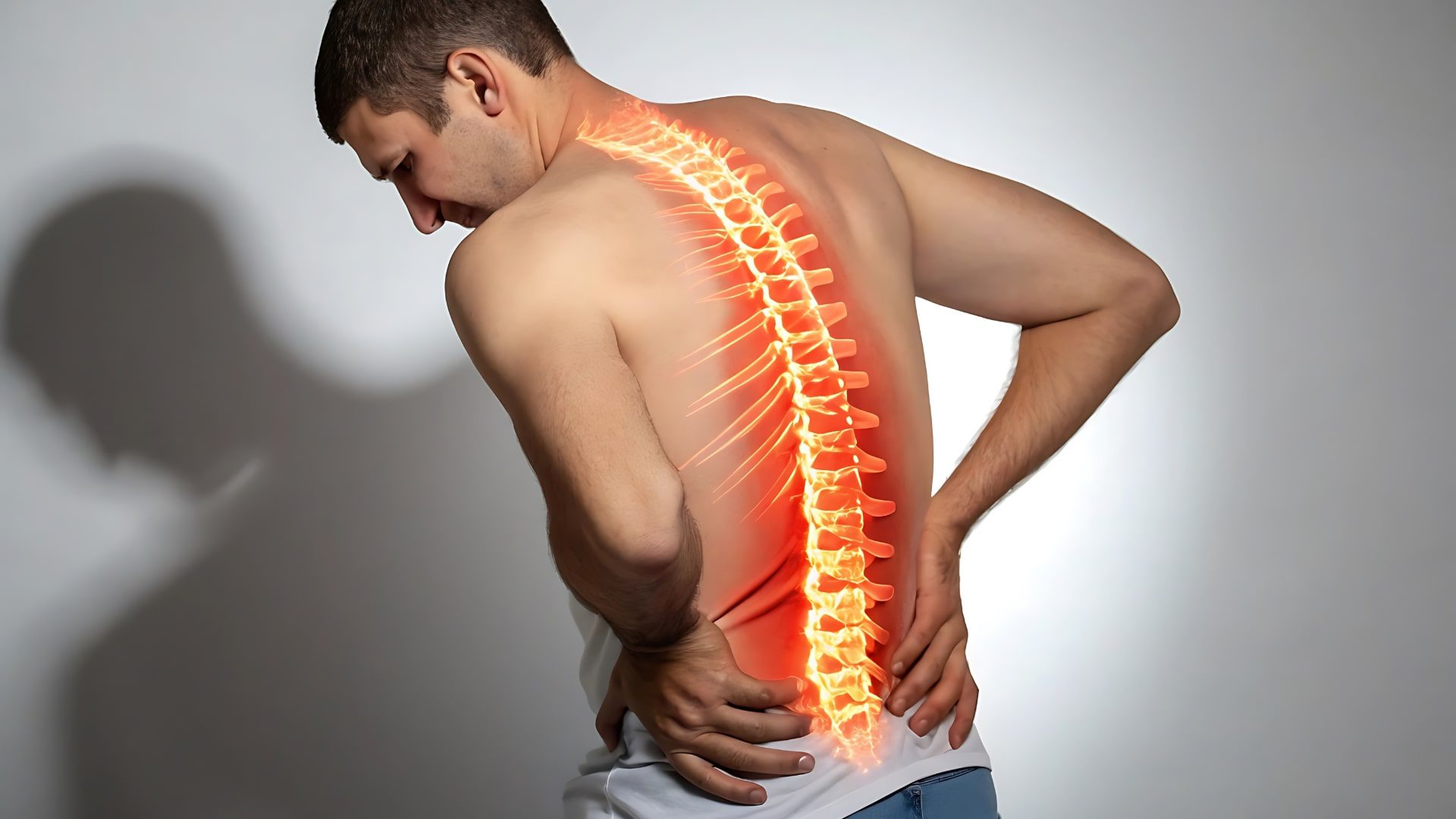
Back pain is one of the most common health problems affecting people of all ages. Whether it’s due to long working hours, poor posture, or injury, back pain can interfere with daily activities and reduce your quality of life.
The good news is that with the right care, lifestyle changes, and exercises, most cases of back pain can be prevented or managed effectively at home.
Table of Contents
What Causes Back Pain?
There are many reasons why you might experience back pain. The most common causes include:
-
Poor posture: Sitting or standing incorrectly for long hours.
-
Muscle strain: Lifting heavy objects or sudden awkward movements.
-
Sedentary lifestyle: Lack of exercise weakens the back muscles.
-
Injury or trauma: Accidents or falls that affect the spine or muscles.
-
Age-related issues: Conditions like arthritis or spinal disc degeneration.
-
Obesity: Extra weight puts additional pressure on the spine.
In some cases, underlying medical conditions such as herniated discs, sciatica, or osteoporosis may also contribute to back pain.
Types of Back Pain
Understanding the type of back pain helps in identifying the right treatment.
-
Acute Back Pain: Short-term pain lasting a few days or weeks, often caused by strain or injury.
-
Chronic Back Pain: Pain lasting more than three months, often due to underlying conditions.
-
Lower Back Pain: The most common type, often linked with posture and muscle strain.
-
Upper or Middle Back Pain: Usually related to muscle irritation or spinal problems.
Symptoms of Back Pain
Common symptoms include:
-
Dull or sharp pain in the back or neck area
-
Muscle stiffness or tightness
-
Difficulty in bending, lifting, or standing up straight
-
Numbness or tingling that travels down the legs (in severe cases)
If back pain persists for more than a few weeks or causes weakness or numbness, it’s important to consult a doctor.
How to Prevent Back Pain
You can significantly reduce your risk of developing back pain by following these preventive tips:
-
Maintain good posture: Keep your spine straight while sitting or standing.
-
Exercise regularly: Strengthen your back and abdominal muscles with yoga, swimming, or stretching.
-
Lift carefully: Bend your knees, not your waist, when lifting heavy objects.
-
Use ergonomic furniture: Choose chairs and mattresses that support your back.
-
Stay active: Avoid sitting for too long — take short breaks to stretch or walk.
-
Maintain a healthy weight: Extra weight increases stress on the spine.
Home Remedies for Back Pain Relief
If you’re dealing with mild or moderate back pain, try these natural remedies at home:
-
Hot and cold therapy: Apply an ice pack for 48 hours after injury, then switch to a warm compress.
-
Gentle stretching: Simple yoga poses like cat-cow or child’s pose can ease stiffness.
-
Massage therapy: Helps relax tight muscles and improve blood flow.
-
Over-the-counter pain relief: Use medications like ibuprofen under a doctor’s guidance.
-
Rest: Short-term rest helps, but avoid lying down for too long.
Medical Treatment for Back Pain
If home remedies don’t work, medical options may include:
-
Physical therapy: Strengthens muscles and improves flexibility.
-
Prescription medication: For chronic or severe pain.
-
Chiropractic care: Manual adjustments to realign the spine.
-
Injections or surgery: In rare cases where conservative treatments fail.
Always consult a healthcare professional before beginning any treatment plan.
When to See a Doctor
Seek immediate medical attention if:
-
Pain persists for more than 2–3 weeks
-
You experience numbness or weakness in the legs
-
Pain is accompanied by fever or unexplained weight loss
-
You have a history of cancer or osteoporosis
Back pain can disrupt your daily routine, but with mindful habits, regular exercise, and proper posture, it’s possible to keep your spine strong and healthy.
Understanding the cause and taking preventive action early is the key to long-term relief. If your back pain doesn’t improve, always consult a qualified healthcare provider for proper diagnosis and treatment.


